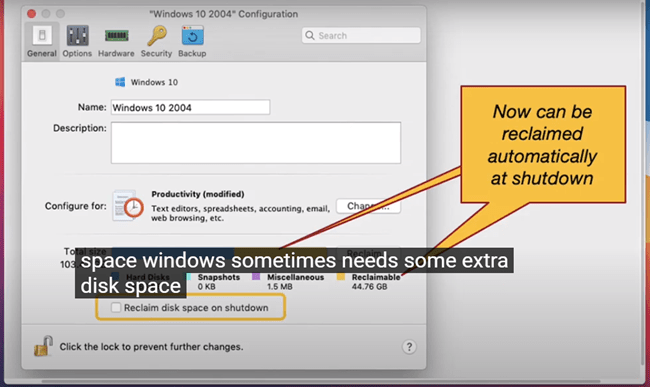

Green cell coloring means Parallels Desktop was faster than VMware Fusion. (Compares 3 types of VM launch times, compression, and transcoding MP3.)Īnother way to look at this is the color-coding on the results matrix. (Comparing 3 types of VM launch times, compression, transcoding MP3, 3 types of application launches, and 3 application performance tests.)įor 64-bit Windows Vista, running under two virtual processors, Parallels Desktop runs 15% faster than VMware Fusion. (Comparing 3 types of VM launch times, compression, transcoding MP3, 7 types of file and network IO, 3 types of application launches, and 3 application performance tests.)įor 32-bit Windows OSes, running under two virtual processors, VMware Fusion runs XP 10% faster than Parallels Desktop, and Parallels Desktop runs Vista 20% faster than VMware Fusion.

VMware Fusionįor 32-bit Windows OSes, running under a single virtual processor (the default when you create virtual machines in either product, and therefore, the most commonly used configuration), Parallels Desktop runs both XP and Vista 14% faster than VMware Fusion. (Note: In all cases except battery life, when looking at the graphs in this article, take note that shorter bars are better.)įigure 1: Overall Results, Parallels Desktop vs. Here are the overall conclusions, but you should really look at more of the detail to understand what works best for you. The one exception is for those that need to run Windows XP, 32-bit on 2 virtual processors, VMware Fusion runs about 10% faster than Parallels Desktop. In the majority of overall averages of our tests, Parallels Desktop is the clear winner running 14-20% faster than VMware Fusion.
#PARALLELS VERSUS VMWARE FUSION FOR MAC#
VMware Fusion (cont.) How do VMware Fusion and Parallels Desktop for Mac stack up?īy Neil Ticktin, Editor-in-Chief/Publisher Overview VMware FusionĬolumn Tag: Virtualization Head-to-Head: Parallels Desktop for Mac vs. Head-to-Head: Parallels Desktop for Mac vs.



 0 kommentar(er)
0 kommentar(er)
